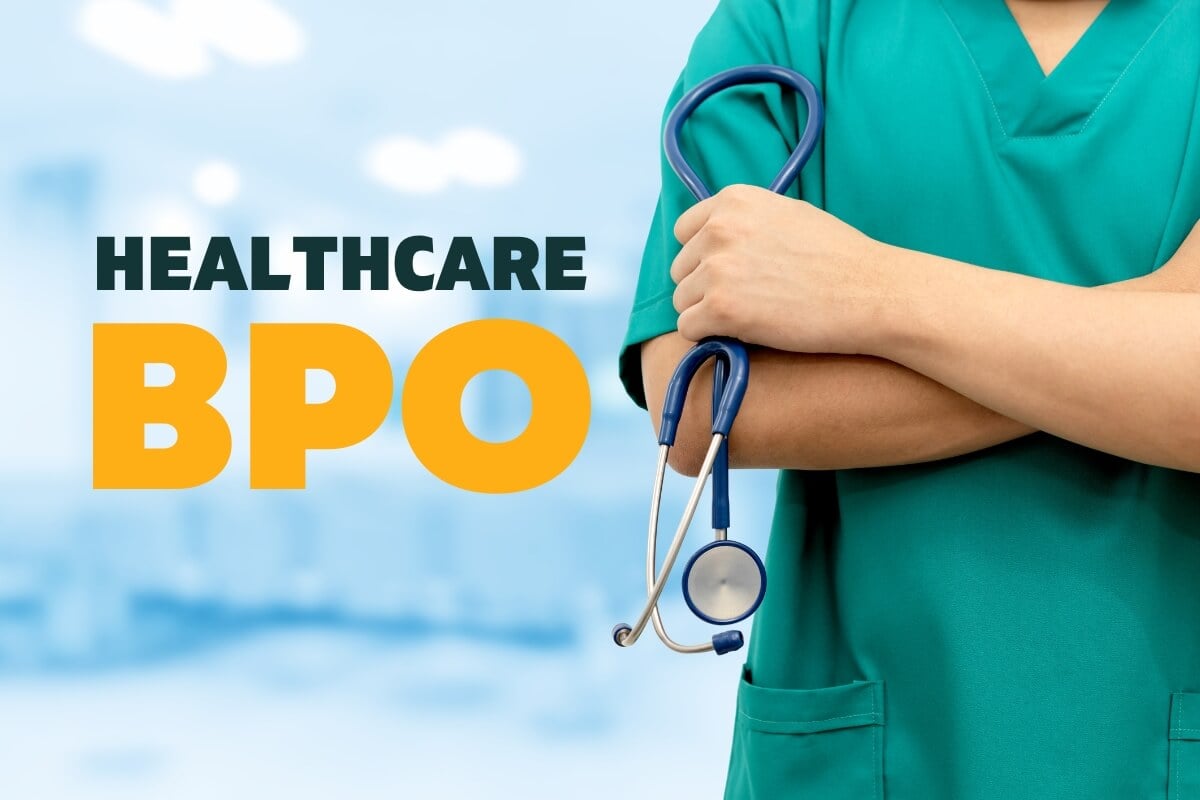Top Healthcare RCM Strategies for Better Financial Efficiency
Top Healthcare RCM Strategies for Better Financial Efficiency
Blog Article
A Comprehensive Overview on How Healthcare RCM Functions to Enhance Payment and Collections
Browsing the complexities of medical care revenue cycle monitoring (RCM) is critical for service providers intending to improve their payment and collections procedures. The guide unpacks the complexities of RCM, from person registration to accounts receivable monitoring, using insights right into optimizing each action. Integrating advanced technology and standard treatments can significantly decrease insurance claim denials and accelerate payment cycles. Yet, real difficulty exists in perfectly combining these elements to increase capital. As we explore the core parts and methods that drive performance, one inquiry stays: just how can healthcare entities best setting themselves to grow financially in an ever-evolving market?
Comprehending Profits Cycle Monitoring
RCM is a critical management feature that encompasses the entire monetary process of person treatment, from the preliminary appointment setting to the final repayment of the equilibrium. It is a complicated procedure made to recognize, accumulate, and take care of the earnings from the services given to clients.
The RCM procedure starts when a client schedules a visit and prolongs through the patient's treatment journey, consisting of billing and collections. A key purpose is to minimize the time between supplying a service and obtaining settlement, therefore boosting the organization's financial health and wellness. RCM involves numerous functions such as individual registration, insurance policy confirmation, fee capture, coding, asserts submission, payment publishing, and taking care of rejections and allures.
Secret Elements of RCM
In the realm of Earnings Cycle Management (RCM), recognizing its essential parts is basic to achieving monetary performance within healthcare companies. RCM is a thorough process that includes different phases, each important to guaranteeing reliable payment and collections. The primary components consist of patient registration, insurance policy confirmation, cost capture, coding, claim entry, repayment publishing, and balance due management.


Once coded, insurance claims are sent to payers, where precision is paramount to stay clear of beings rejected or hold-ups - Healthcare RCM. Settlement uploading involves taping the gotten repayments, which permits the settlement of accounts. Lastly, accounts receivable management concentrates on monitoring and addressing unpaid claims, making certain timely follow-up and resolution
Each part of RCM is adjoined, and ineffectiveness in any part can interrupt the entire cycle. Therefore, mastering these elements is important for health care suppliers to maximize earnings and improve their financial health and wellness.
Methods for Efficient Billing

Standardizing invoicing treatments across the company is an additional key technique. Establishing clear guidelines for documents, coding, and entry helps maintain uniformity and conformity with regulative demands. Training team regularly on these treatments makes sure everyone is current with the latest changes in payment codes and payer plans.
Accurate cost capture is vital in avoiding revenue leakage. Applying regular audits and surveillance systems enables for the identification and improvement of inconsistencies before they affect earnings. Furthermore, keeping open lines of communication visit this site right here with payers assists to promptly settle any conflicts or misunderstandings that might arise.

Finally, appealing clients early in the invoicing process by providing clear estimates and instructional materials concerning their monetary responsibilities can considerably decrease complication and improve settlement timeliness. These approaches jointly add to an extra effective and economically healthy payment system.
Enhancing Collections Procedures
A durable collections procedure is important for keeping monetary security within medical care companies. Given the complexities of clinical billing and the selection of payer demands, boosting the collections process involves implementing critical measures that make sure prompt and exact payment of solutions made. Central to this is making use of technology to automate and streamline procedures, lowering manual errors and boosting effectiveness. Automation tools can help in tracking insurance claim statuses, sending prompt pointers to people, and taking care of rejections better.
Educating personnel to understand the subtleties of insurance policy plans and payment codes is similarly vital. This expertise empowers them to resolve invoicing discrepancies rapidly and connect successfully with people concerning their financial responsibilities. Moreover, clear and clear client communications are critical. Giving in-depth descriptions of fees and using flexible payment strategies can raise client satisfaction and prompt payments.
Normal audits of the collections procedure should be conducted to determine areas for renovation and make certain compliance with laws. By assessing data, health care companies can recognize fads, expect prospective problems, and adjust techniques appropriately (Healthcare RCM). Ultimately, a well-enhanced collections procedure not only sustains financial health and wellness however also adds to a much more smooth experience for patients and team alike
Optimizing Earnings Streams
Building upon the foundation of a strong collections procedure, medical care organizations can further bolster their economic security by strategically optimizing profits streams. This includes a multi-faceted strategy, beginning with a thorough evaluation of existing earnings resources to identify inadequacies and areas for growth. Employing innovative data analytics tools makes it possible for companies to gain insights into payer mix, person demographics, and service utilization patterns, enabling data-driven decisions that improve profits capture.
Executing automated useful reference billing systems can substantially decrease errors and speed up insurance claims refining, making certain that income is gathered extra effectively. In addition, maximizing payer contracts with normal negotiations can improve compensation rates and terms, directly influencing the lower line. Expanding service offerings, such as incorporating telehealth or health care, can also bring in a more comprehensive patient base, therefore raising income potential.
An additional crucial component is boosting person interaction and satisfaction, as completely satisfied individuals are most likely to abide by therapy strategies and make timely payments. Offering flexible settlement options and clear payment techniques can improve collections and foster individual loyalty. Healthcare RCM. By embracing these strategies, health care organizations can develop an extra resistant financial structure, guaranteeing sustained growth and stability in an ever-changing industry landscape
Conclusion
To conclude, health care Earnings Cycle Monitoring (RCM) plays an important role in enhancing billing and collections procedures by integrating vital elements such as individual registration, insurance policy verification, cost capture, coding, declares submission, and balance due management. By employing advanced modern technology, systematizing procedures, and cultivating client engagement, healthcare carriers can dramatically minimize case rejections, increase settlement cycles, and enhance money flow. recommended you read This comprehensive method to RCM inevitably causes improved monetary performance and sustainability for healthcare organizations.
The RCM process begins when an individual timetables an appointment and extends with the patient's care journey, including invoicing and collections.An additional important part is boosting patient interaction and satisfaction, as satisfied patients are extra most likely to stick to therapy strategies and make prompt settlements. Offering flexible payment options and clear payment techniques can boost collections and foster person commitment.In final thought, medical care Earnings Cycle Monitoring (RCM) plays an important function in enhancing invoicing and collections processes by integrating crucial parts such as person enrollment, insurance policy confirmation, charge capture, coding, claims submission, and accounts receivable monitoring. By using innovative technology, systematizing treatments, and promoting client involvement, medical care service providers can considerably reduce insurance claim rejections, speed up settlement cycles, and enhance cash circulation.
Report this page